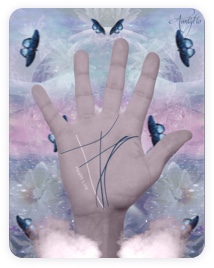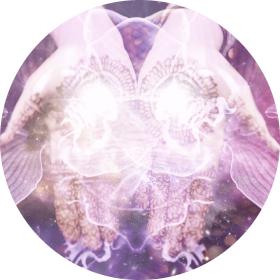Witch Doctor

Uncover hidden spiritual meanings
The witch doctor is also know in ancient times as cunning folk, folk healers or white witches.
These are known to be folk magic practitioners, folk medicine, and they perform divination in the framework of various traditions. These normally fall in the legend of Christian Europe from the 15th up to 20th century. The names which were given to these types of practitioners were varied depending on which country they were practicing from. In Italy, they were referred to as benandanti; the Danish called them kloge folk; the Swedish called them klok gumma meaning a wise woman or klok gubbe for their male counterparts; the Slavic Vedmak; the Germans referred to them as Hexenmeister or Krauterhexen; the Portuguese referred to it as curanderos, and the Spanish referred to them as Curanderos.
The Klok Gubbe/Gumma
They are collectively referred to as the ones who are wise in Swedish; that is the way they are acknowledged in Sweden. They are known as elders who led the communal and acted as midwives and folk healers, using folk magic and rhymes of magic in their spells. The Danish people called them Klog mand, which translates to "the men who are wise" and klog kone for a "wise woman" but together, they were referred to the as kloge folk, meaning wise folk.
How It Was Practiced?
Many of the practitioners, especially in Norwegian and Danish used a copy of the Black Book.
A formula which was established in the “Black Book”, which was recovered in a farm near Elverum. It contained many formulas like the one for curing a bad tooth; the patient was supposed to write on a paper using a white pen “ Agerin, Nagerian, Jagerin, Vagerin, Ipagerin, Sipia”, the paper was then cut into three different pieces and the first one was placed onto the tooth which was aching both in the evening and in the morning, then spit it out into the fire. It should be repeated with the other pieces.
The Trials of The 17th Century
During the Witch trials of the 17th century, most of the wise men and wise women fell victims of what is known as a "witch hunt."
They were punished not because they were practicing witchcraft but under the law of superstition.
In Sweden, the reprimand of the witch doctors seemed to have a good effect on them; more and more people started seeking their services throughout the country. Most of them werebeing regarded as gods after they served their sentences - and became very popular.
The prision sentence seemed to be a good advertising ploy for them. As more people were aware of their trade. There are some who even gained nationwide fame.
The custom of the cunning folk continued being practiced in the 20th century by the medical doctors was now available. In the 19th century, it was common to find at least one folk healer in every neighborhood who practiced the trade.
We hope you liked this article. Please support us by liking us on Facebook. Thank you in advance.
By Florance Saul
Feb 2, 2017







